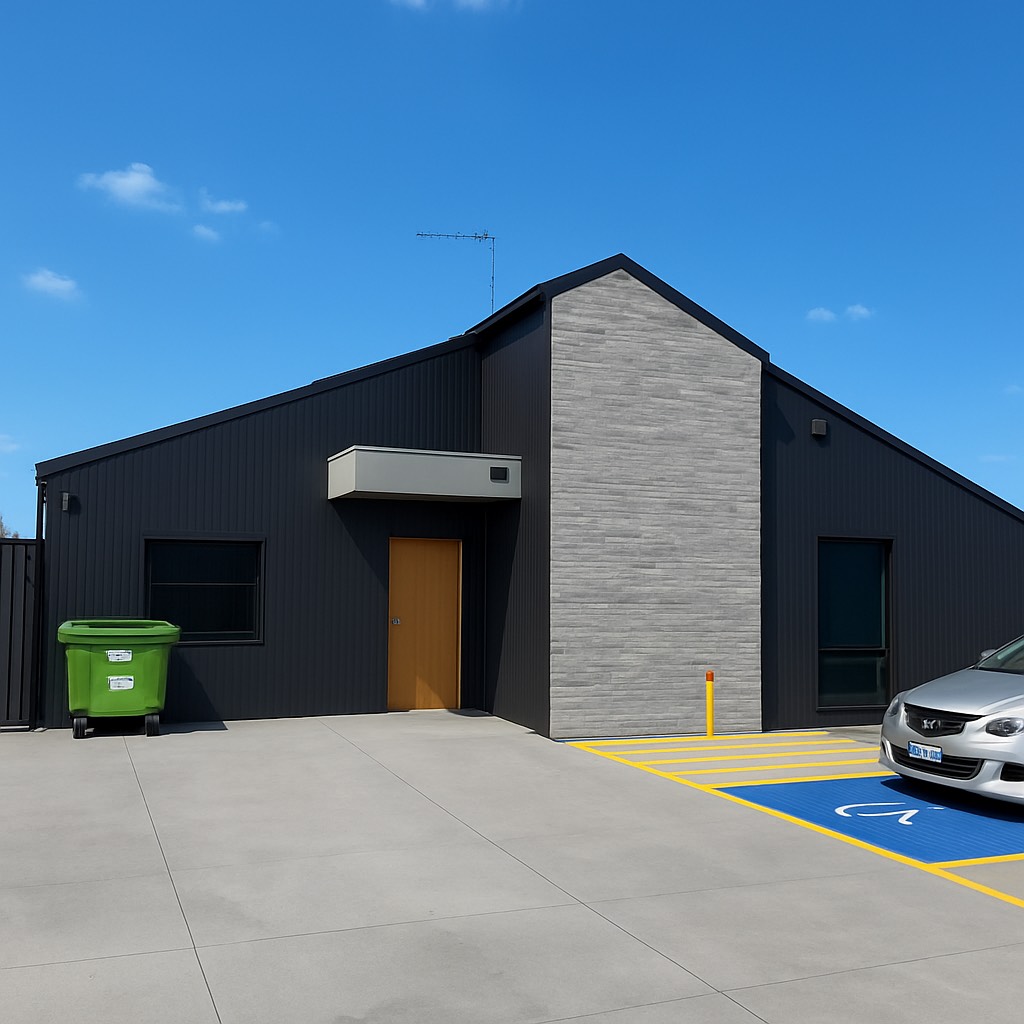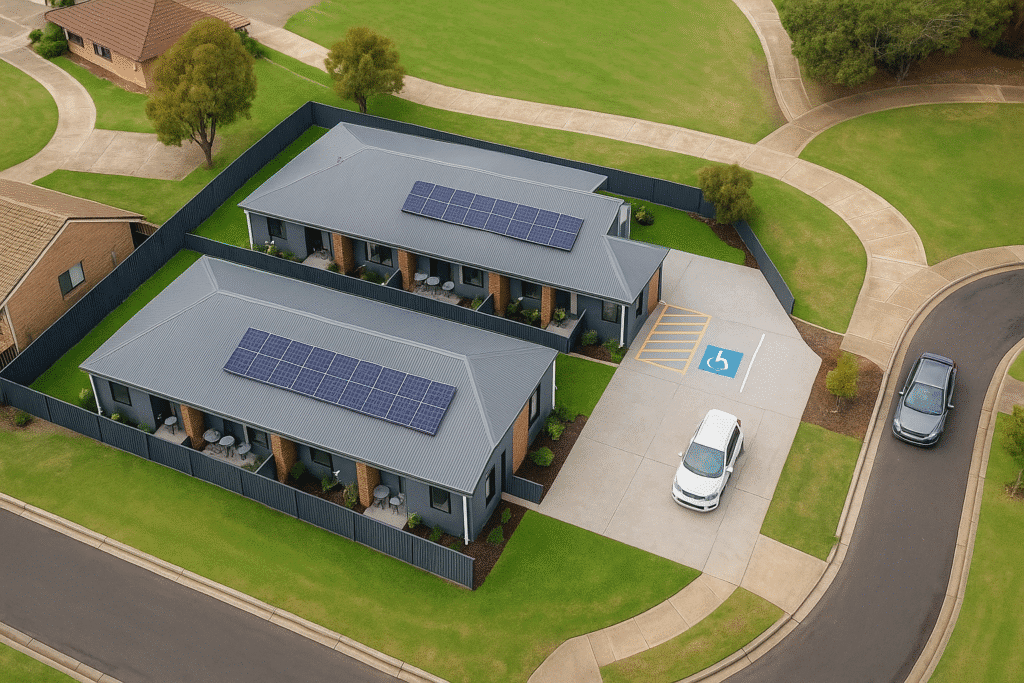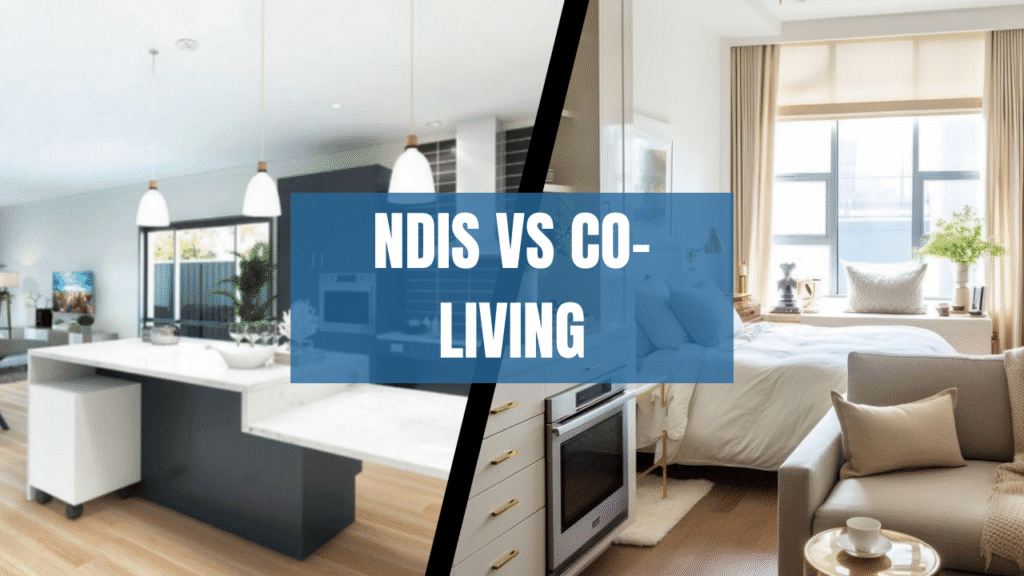Many major banks claim to offer loans for NDIS properties, but they often apply standard investment property criteria, which can make approval difficult. Even if you’re approved, the amount you can borrow is usually much lower than what you’d get from an NDIS lending specialist. Let’s explore why this happens and how you can boost your borrowing potential.
Property Valuations
One of the biggest challenges with major lenders is that they tend to use conservative property valuations instead of market-based commercial valuations. While property prices across Australia have surged over the past few years, banks often undervalue properties by $100,000 to $200,000 compared to actual market rates. When you add in the gap between residential and commercial valuations, securing finance becomes even more challenging. The valuation used by a lender is critical because it directly impacts your loan-to-value ratio (LVR). Lenders have different LVR limits, with some allowing up to 90%, while mosts lenders now cap at 80%. A lower valuation results in a higher LVR, reducing the amount you can borrow. In contrast, a more accurate commercial valuation reduces the LVR and allows you to borrow more. Let’s break this down with an example.
Example:
Suppose you’re looking to buy an NDIS property valued at $1,000,000. The bank, however, values the property at just $800,000 and offers a maximum LVR of 80%. This means they would only lend you $640,000, leaving you to come up with a $360,000 deposit—a hefty upfront cost. On the other hand, if you apply through an NDIS lending specialist who values the property at its full $1,000,000, they might offer you 90% of the property’s value, or $900,000. This would reduce your required deposit to just $100,000, making the purchase far more accessible. (For simplicity, we’ve excluded lenders’ mortgage insurance.)
Rental Income Projections
Another limiting factor when applying for an NDIS loan through a major lender is how they assess rental income. Most banks use standard residential rental rates to evaluate your repayment capacity, which fails to take into account the higher rental income from Specialist Disability Accommodation (SDA) properties.
SDA rental rates are significantly higher than typical residential rents. Additionally, NDIS property investors benefit from SDA payments, which are rates guaranteed by the NDIS for 20 years, ensuring above-market rental income long-term. This income makes repaying the loan easier and provides stronger financial security for investors.
Why Choose an NDIS Lending Specialist?
If you want to maximise the amount you can borrow for an NDIS property, it’s best to work with a lender who specialises in NDIS loans. Make sure they use commercial property valuations and factor in the higher SDA rental income when assessing your application. This increases your chances of securing a higher loan amount and reduces the need to keep applying for finance extensions while traditional lenders catch up with how to process these loans. The banks now also
distinguish between LVR’s for private persons and company or trust structure. Bear in mind that your accountant may not even understand these extra guidelines when he recommends your setup.
With these factors in mind, you’ll be in a much better position to borrow more, making it easier to finance your NDIS property investment.




